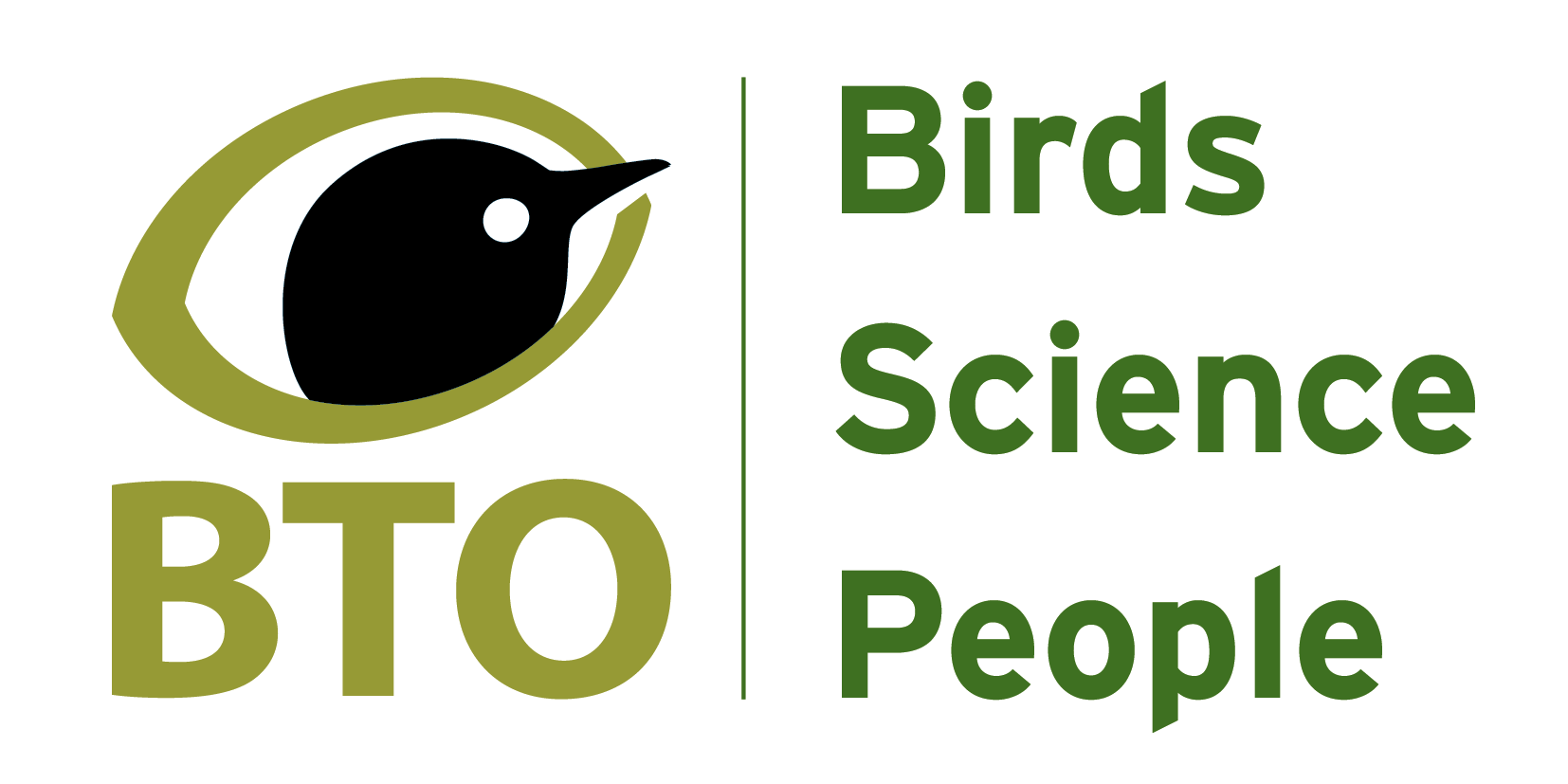There are many ways in which you can contribute to the UKBMS:
Setting up a new transect
Additions to the UK transect network are always welcome, but please be aware of the commitment involved. For your data to be of most use for the calculation of site indices and trends, you will need to a) walk your transect regularly, with very few missed weeks each year, and b) continue your transect for at least 5 consecutive years. See a summary of the transect method.
Key steps in setting up a new transect
- Select your site and design the route (we recommend using your first recording season to test and adjust the route before it is permanently fixed). You may wish to seek advice from a local co-ordinator at this stage.
- Fill in a UKBMS F1 Site details form and then map your transect online (see Guidance and Recordings Form page for mapping guidance)
- Record your data on a UKBMS F2 Weekly recording form.
- Submit your data: you can send copies of the recording forms to your local transect co-ordinator (or to Butterfly Conservation if none available) each year, but the preferred method is to enter your data online. This has several advantages to both you as a user and to the efficient running of the scheme and is the primary route for submitting UKBMS data.
Recording forms, guidance notes, local co-ordinator details and the Transect Walker recording software are all available via our guidance and resources page.
Record a Wider Countryside Butterfly Survey square
The Wider Countryside Butterfly Survey (WCBS) requires less time commitment – only two to four visits a year – but still provides very useful information to help us understand the status and trends of butterflies throughout the UK.
Please see the WCBS webpages for information on how to survey a WCBS square.
Reduced Effort Surveys (Single species transects, timed counts and counts of immature stages).
A number of species are poorly detected on standard transects, are better surveyed during different life stages, and/or occupy habitats which are difficult to access on a regular basis. To ensure we still obtain sufficient data on these species and habitats there are alternative reduced effort surveys that recorders can set up and/or become involved in, ranging from single species transects walked only during the flight period of the species of interest, adult timed counts, larval web counts and egg counts. For guidance on setting up and getting involved in these surveys see the guidance notes on our resources page.
Other ways you can help and take part
Attend a UKBMS meeting or workshop
Follow us on twitter to find out about events.
Become a co-ordinator
If you live in an area which currently does not have a transect co-ordinator (see co-ordinator details), you could make a huge contribution by co-ordinating your local monitoring network. Contact Butterfly Conservation if you are interested.
Data entry
If you are not physically able to walk a transect yourself, but you are good with computers, you could help by entering transect data for other recorders onto the website. Contact your local transect co-ordinator to see if they need help with data entry.




